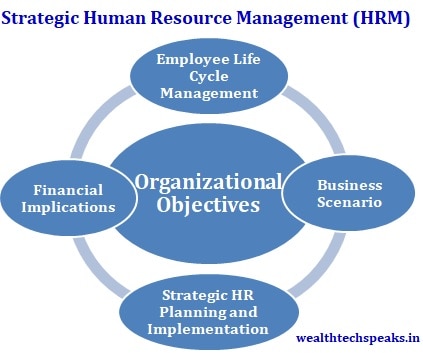
National Savings Certificate (NSC), Equity Linked Savings Scheme (ELSS), Public Provident Fund (PPF): Choose The Best
- Posted By Amritesh
- On April 7th, 2017
- Comments: 2 responses
FEATURES | NSC | ELSS | PPF |
Tax Benefit U/S 80C | Up to Rs 1.5 lacs | Up to Rs 1.5 lacs | Up to Rs 1.5 lacs |
Minimum Contribution | Rs 100 | Rs 500 | Rs 500 |
Return on Investment | 7.6% | Variable | 7.6% p.a |
Tenure | 5 | 3 years | 15 years |
Tax on Return | Taxable | Tax Free | Tax Free |
Maximum Contribution Limit | No Limit | No Limit | Rs 1.5 lacs |
Tax on Interest/Return | Taxable | Exempted | Exempted |
Risk | Nil | Moderate | Nil |
Rate of Return on Investment is fixed.
The tenure of Investment is much less than PPF.
Compounding of Interest is done Annually which is similar to PPF.
Rate of return is slightly lower than PPF and definitely much less as compared to ELSS over longer duration.
The investment in NSC is eligible for Tax deduction U/S 80C. But the Interest received on maturity is Taxable.
Investment may ensure you fixed returns but may not be able to negate the impact of inflation.
Past performance has shown that ELSS does provide better return (compared to NSC and PPF) on investment in medium and long term range.
ELSS has a shortest lock in period of just 3 years unlike PPF and NSC.
Return and Investment in ELSS is exempted from Tax.
Does not have many riders on Investments apart from 3 year lock in period hence offers more flexibility.
Rate of return is not assured and keeps on fluctuating as it is linked to Market Performance.
Involves more risk as compared to NSC and PPF.
Investment in under performing funds may ruin your returns.
Return on Investment is fixed and also higher as compared to some other schemes.
Return and Investment in PPF is exempted from Tax.
Carries less risk as compared to ELSS and since the interest rate is declared every year chances of earning higher interest always remains.
Has a very long lock in period of 15 years.
Rate of return may not be able to counter the effect of Inflation.







